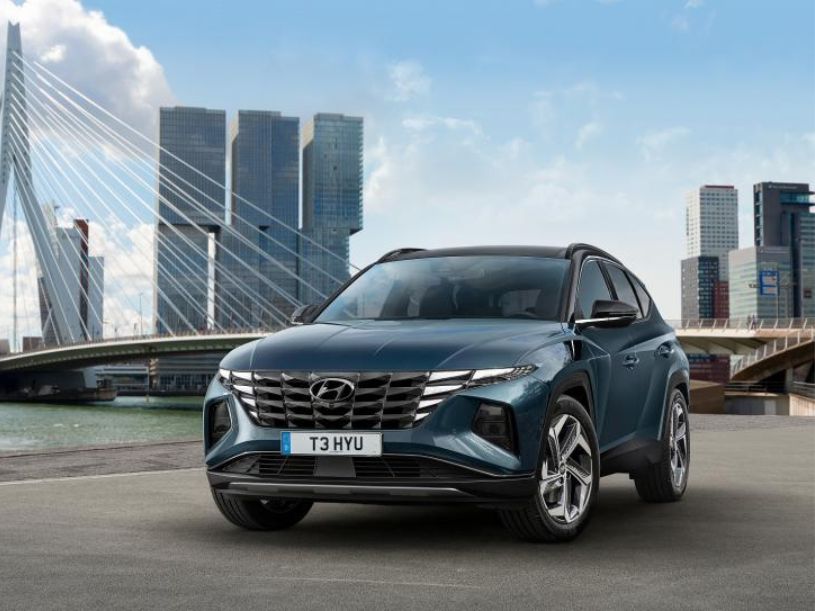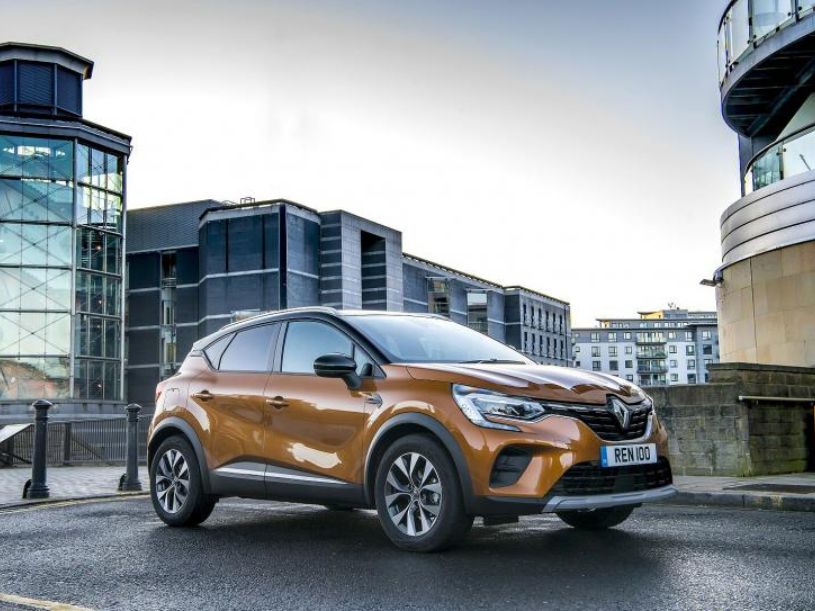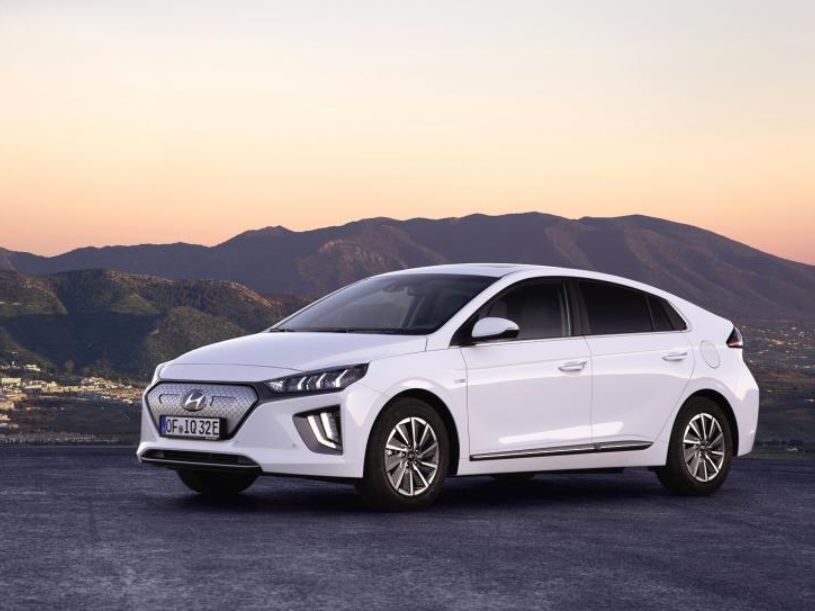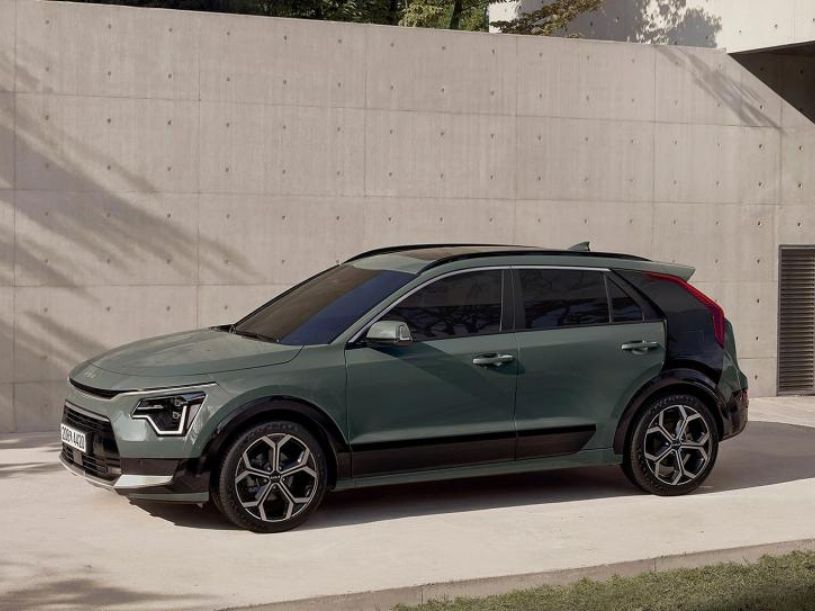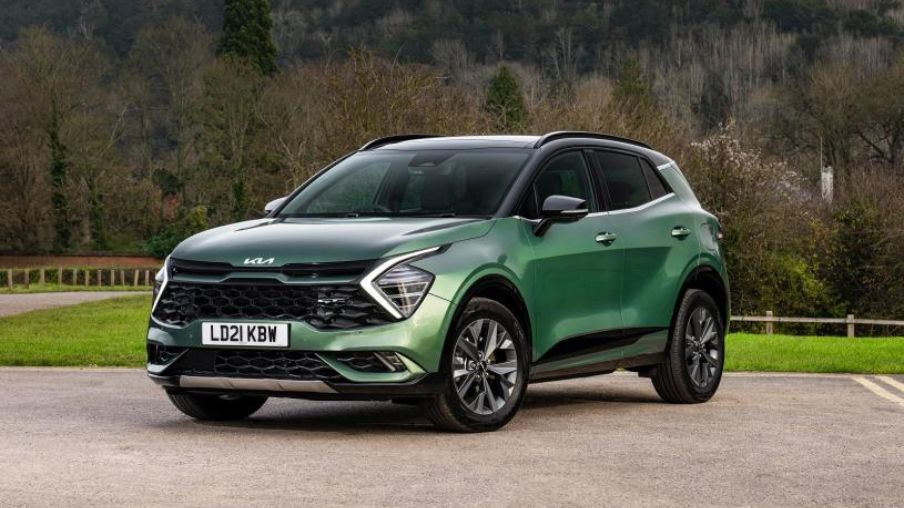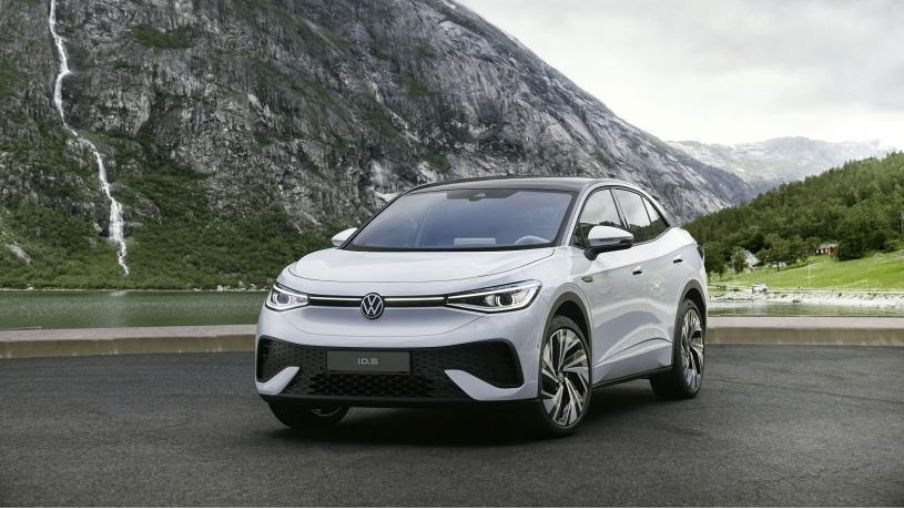What are Plug-in Hybrid Electric Vehicles?
A Plug-in Hybrid Electric Vehicle (PHEV) is a type of hybrid vehicle that combines an electric motor and a conventional internal combustion engine (ICE) with a rechargeable battery. PHEVs can be charged through an external power source, such as a charging station or wall outlet, and have a limited electric-only driving range.
In a PHEV, the electric motor provides power for short trips, and the ICE offers additional power for longer trips or when the battery is depleted. The battery can be recharged through regenerative braking, by the ICE, and by plugging the vehicle in. This allows PHEVs to offer the benefits of electric driving, such as low emissions and improved fuel efficiency while providing the extended driving range of a traditional gasoline-powered vehicle.
Overall, PHEVs are an excellent option for drivers who want the benefits of electric driving but also want the peace of mind that comes with a traditional combustion engine.



